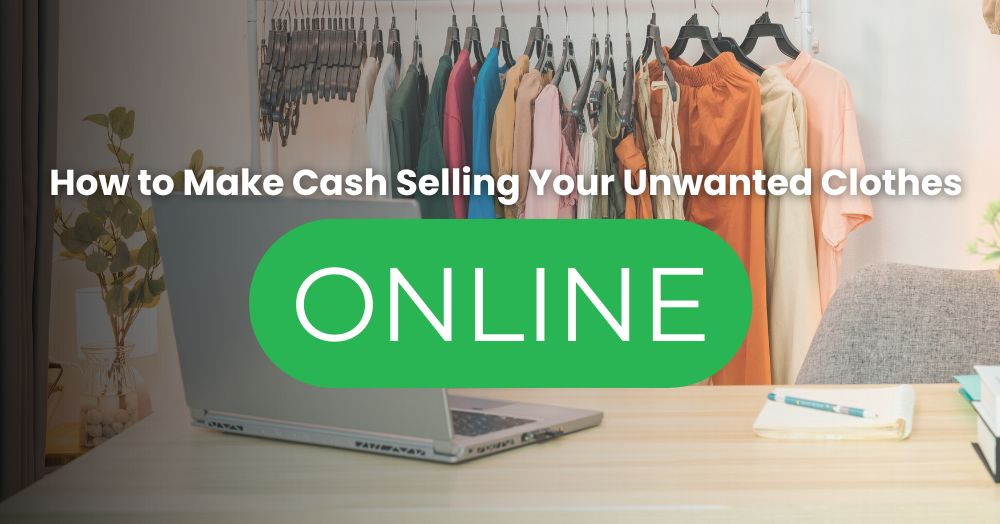
How to Make Cash Selling Your Unwanted Clothes Online
With the online market for second-hand clothes booming, here’s how you can turn unwanted items in your wardrobe into cash
Selling second-hand items online is big business in the UK, with a quarter of Brits using digital marketplaces.*
Gen-Zers do it the most. In the last three months of 2024, 53% of 18 to 25-year-olds sold belongings on platforms such as Depop and Vinted.
The good news is that online thrifting is not just a great way to bag a bargain or boost your bank account. It also means less clothing goes into landfill.
So, if you have some clothes in the back of your wardrobe that haven’t seen daylight for a while, here are three tips to help you get started selling online.
Use great images
As with all online marketing, the quality of the imagery makes a world of difference.
When photographing the items you’re selling, do it in a well-lit space with a neutral (ideally white) background.
It’s best to include at least one photo of someone wearing the garment (it’s fine to crop out the face). Also, take shots of the front and back of the item and close-ups of any special features.
Be detailed with your descriptions
Alongside your brilliant images, include a well-written description that tells buyers everything they need to know.
Include details of the brand, size, composition and colour of the item you’re selling (natural fibres such as cashmere will earn you more).
Also, include measurements, as sizing can often vary between vintage and modern clothing and from brand to brand.
If the item has a few scratches or holes, be honest, it’s a good way to build trust with buyers.
Get your pricing right
People will buy almost anything - if the price is right. Before you determine your pricing, look at what similar items are currently going for online.
It’s not unusual on sites such as Vinted for potential buyers to get in touch and make a cheeky offer below the asking price (this is called low-balling).
You don’t have to accept it, but if you’re keen to make a deal, you can.
If you know someone who would find this article helpful, please share it with them.
* Research by Virgin Media O2 Business and Depop.